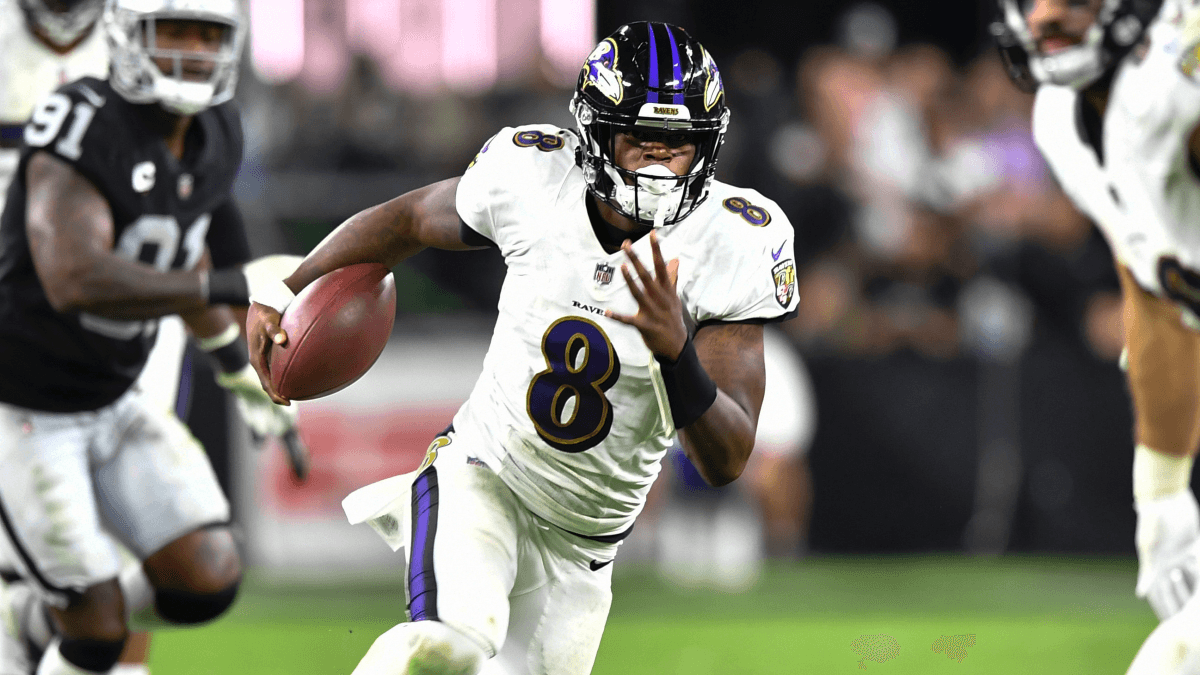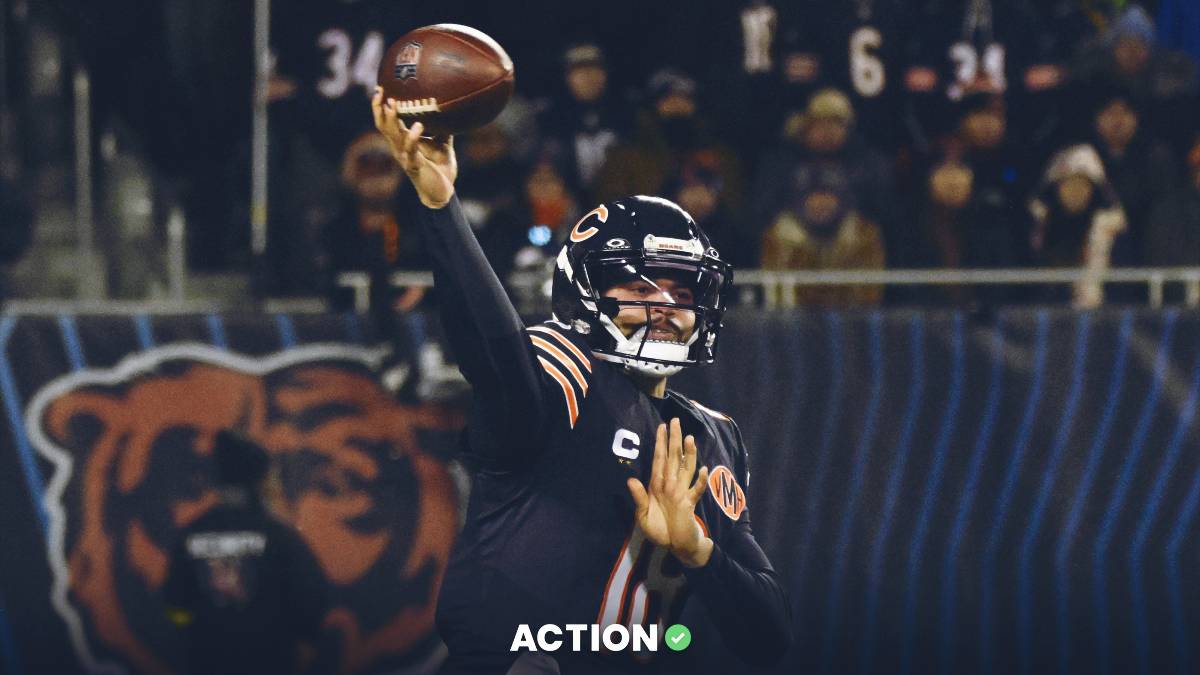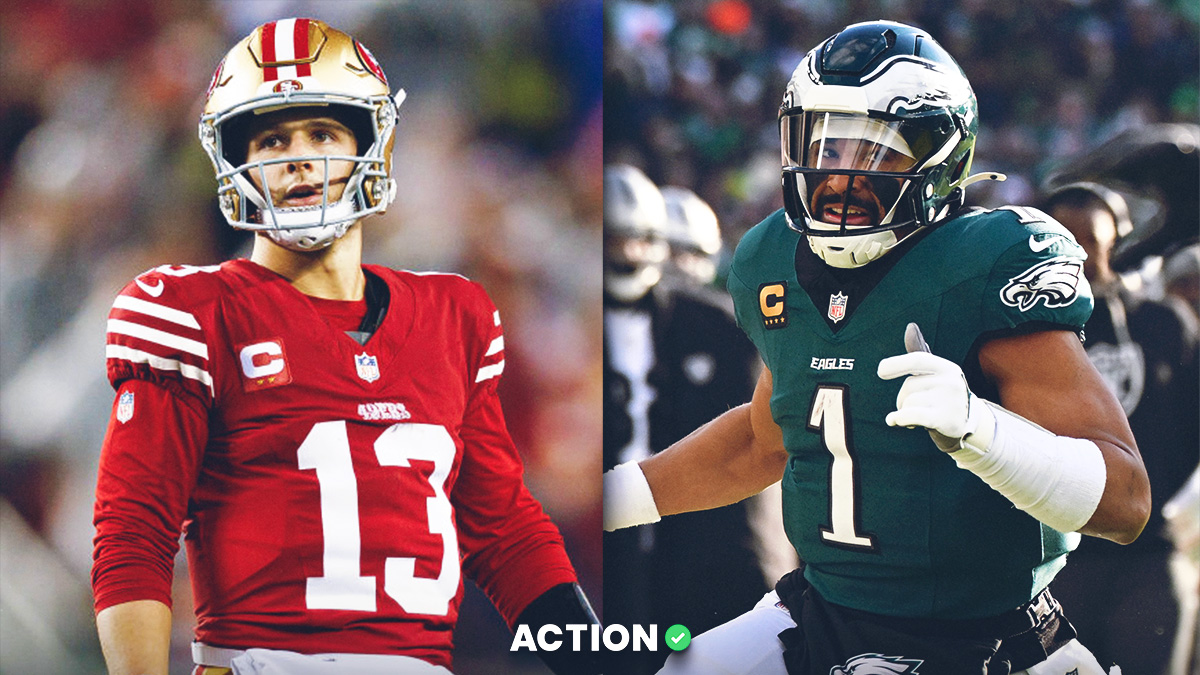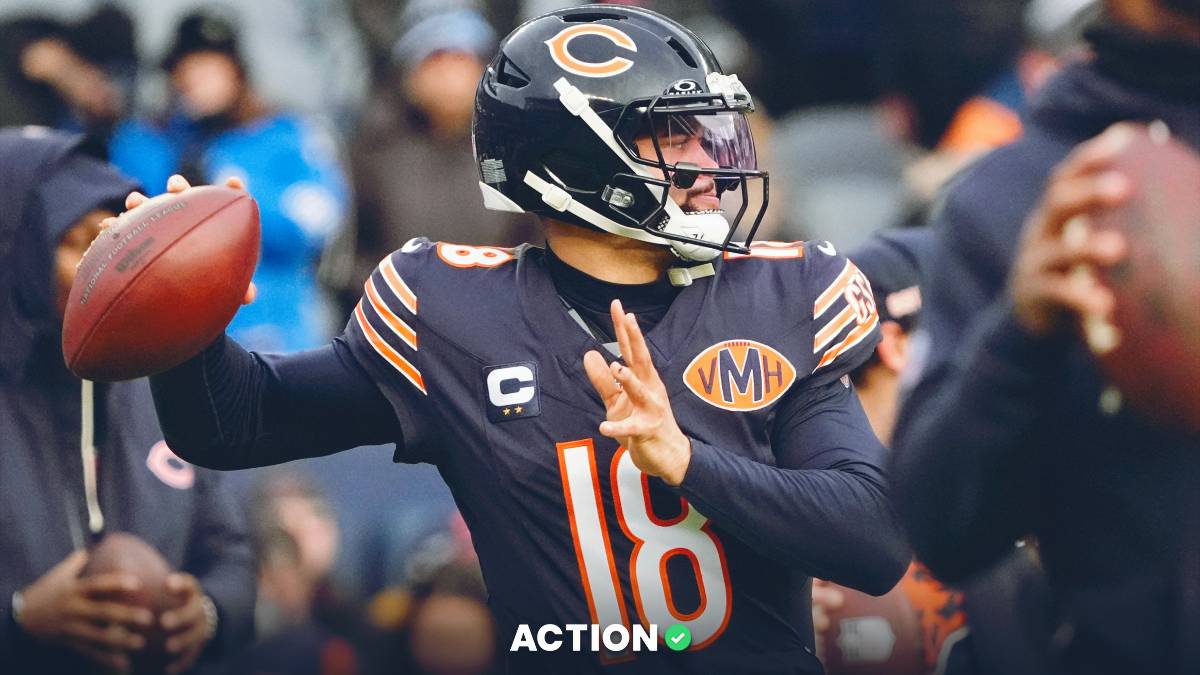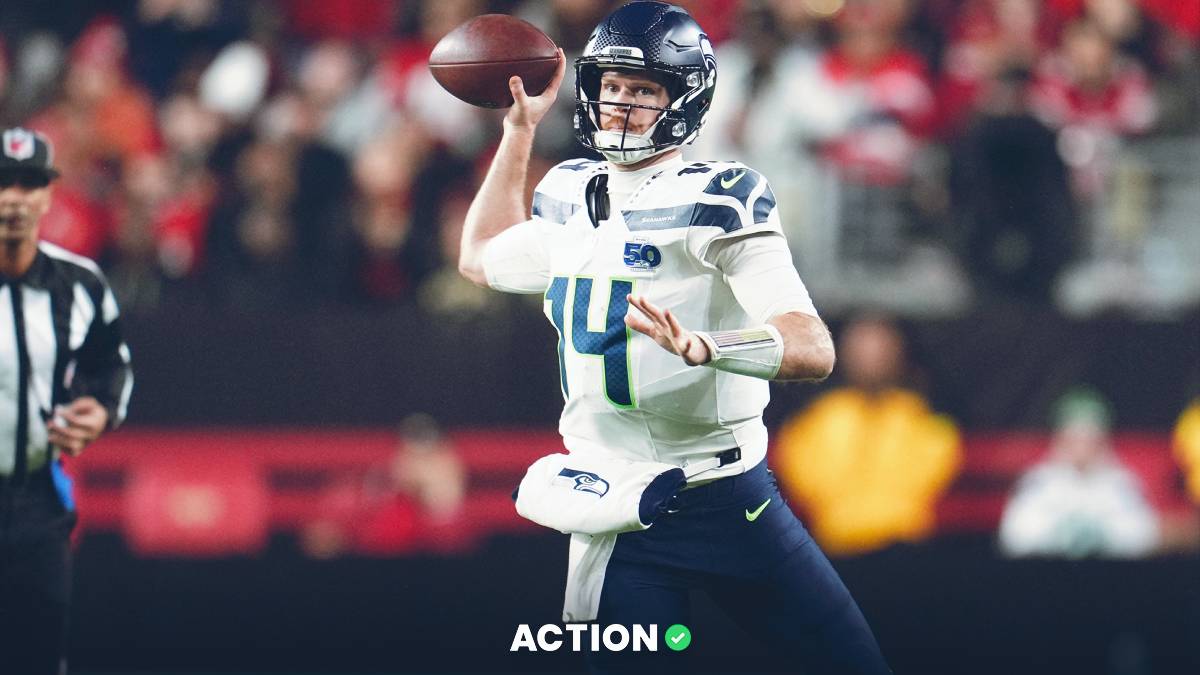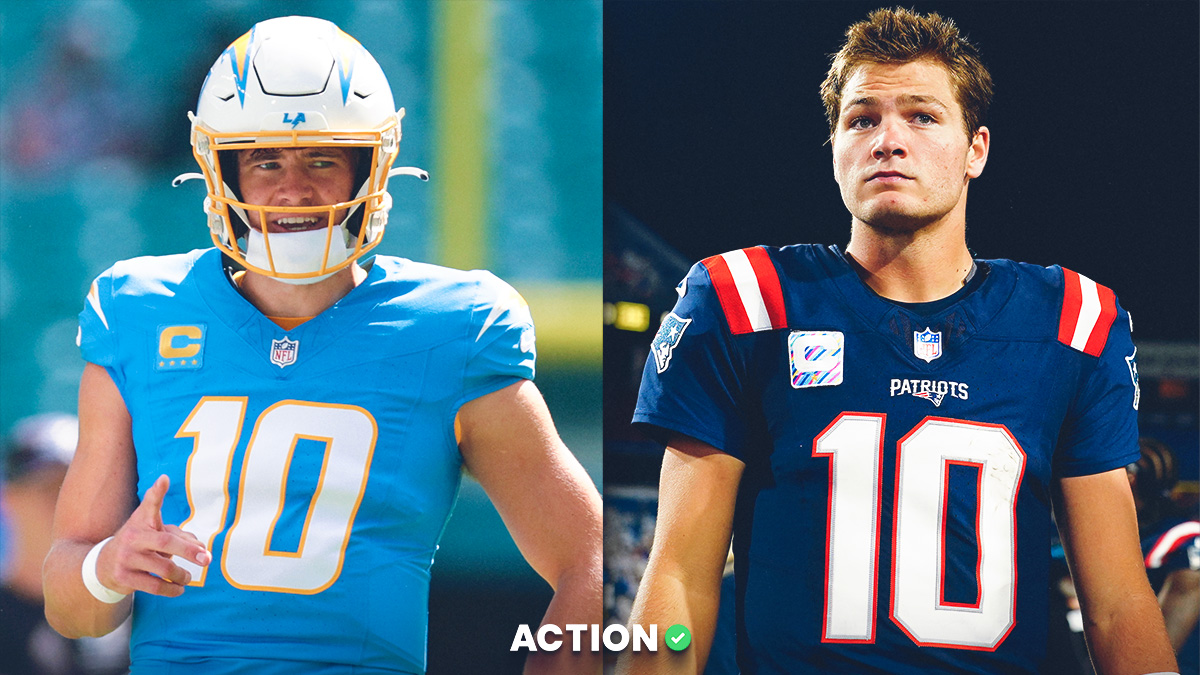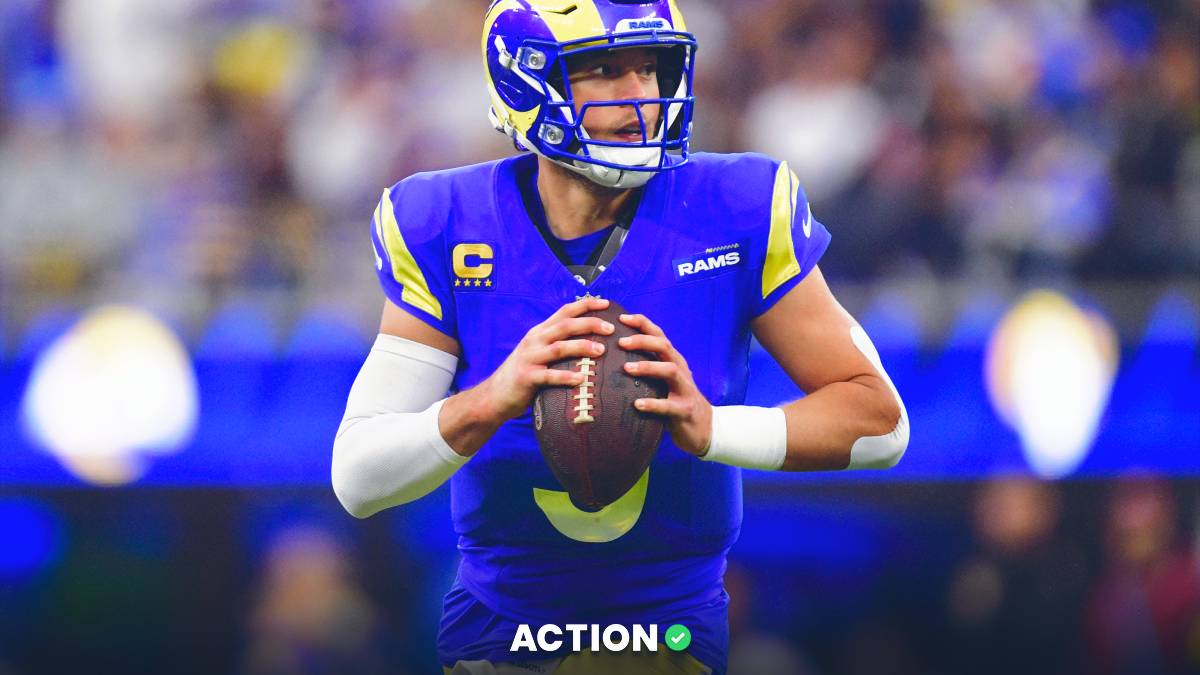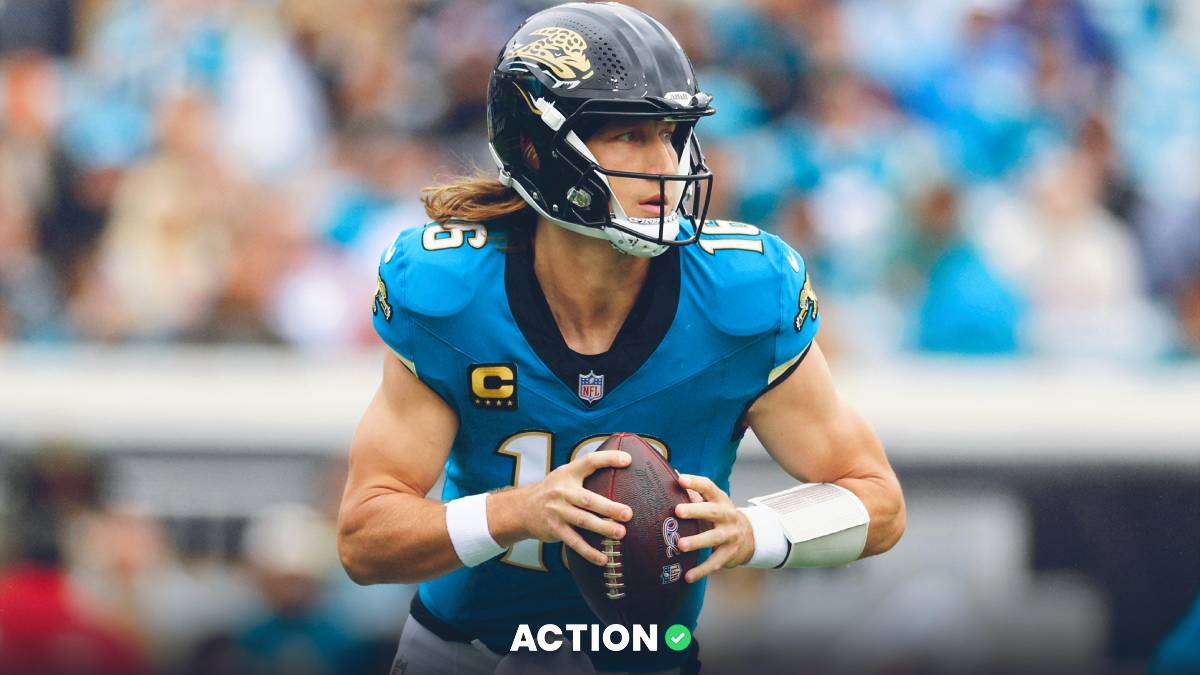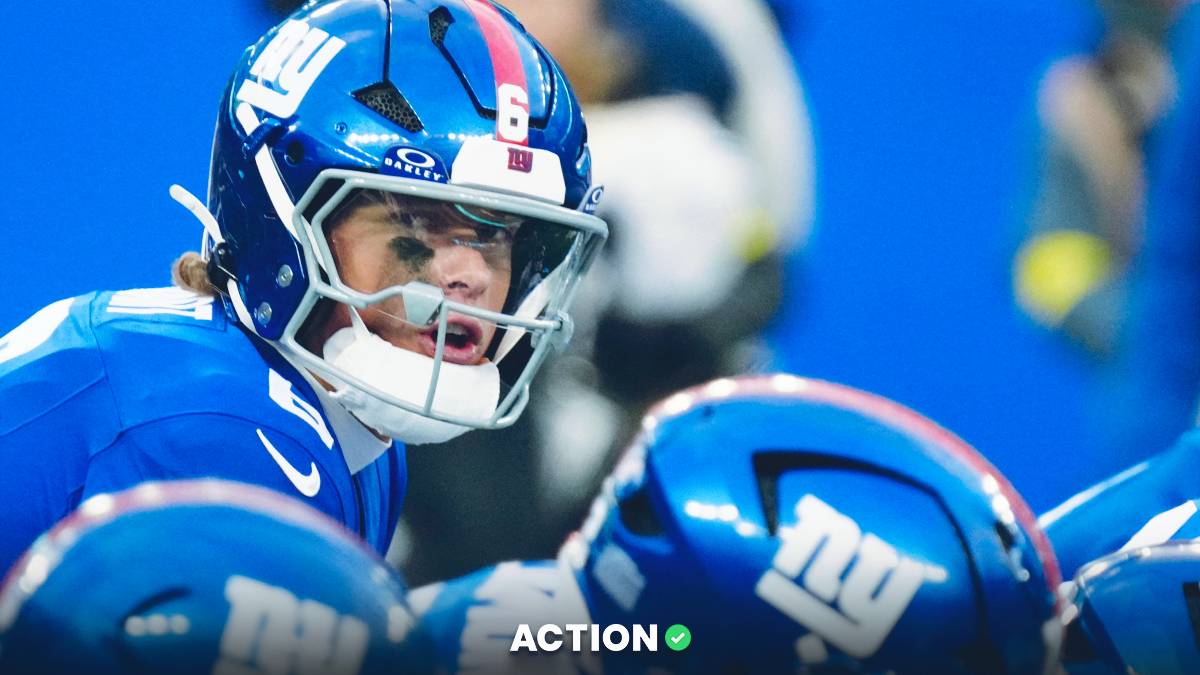We know from past research that sacks are more a quarterback stat than we typically believed. A quarterback has more control over an offense's sack rate than the offensive line.
But this begs another interesting question. We know from Expected Points Added (EPA) that not all sacks are created equal.
Getting sacked into a safety is worse than being sacked on third-and-17 out of field-goal range.
But since we know the number of sacks taken is a quarterback stat, we need to know if quarterbacks also control the quality of sacks they take.
Defining Quality of Sacks
To define the quality of sacks, we are going to look at EPA per sack. This estimates the number of points that an offense lost because of that given sack. Here is a simple example.
Imagine a team in field-goal range that on average would score three points from this spot on the field. Then on third down, the QB takes a big sack to knock them out of field-goal range. This will have cost them about three expected points because now we expect the team to punt rather than kick the field goal.
To evaluate quarterbacks, we will look at EPA loss relative to league average. So let's look at an example from 2020 to illustrate the variance that can occur in sack quality.
Everyone in the league who took at least 10 sacks will be included, but we are going to focus on two players, in particular, highlighted in red.
Let's focus on Kirk Cousins and Matt Stafford. Cousins (39) and Stafford (38) took a similar number of sacks in 2020. Since they were both starters, their sack rates were almost identical.
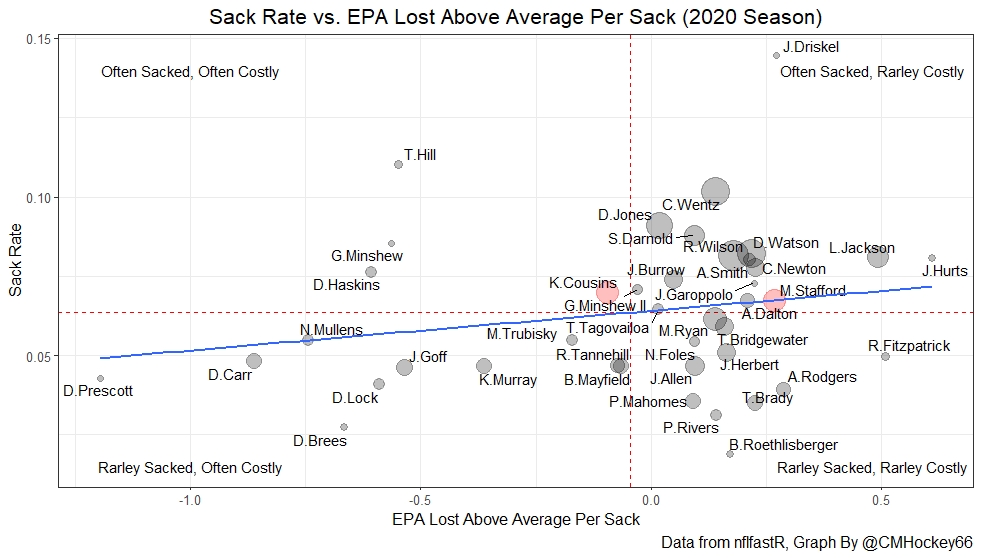
But there was a massive difference in the cumulative expected points they lost when being sacked.
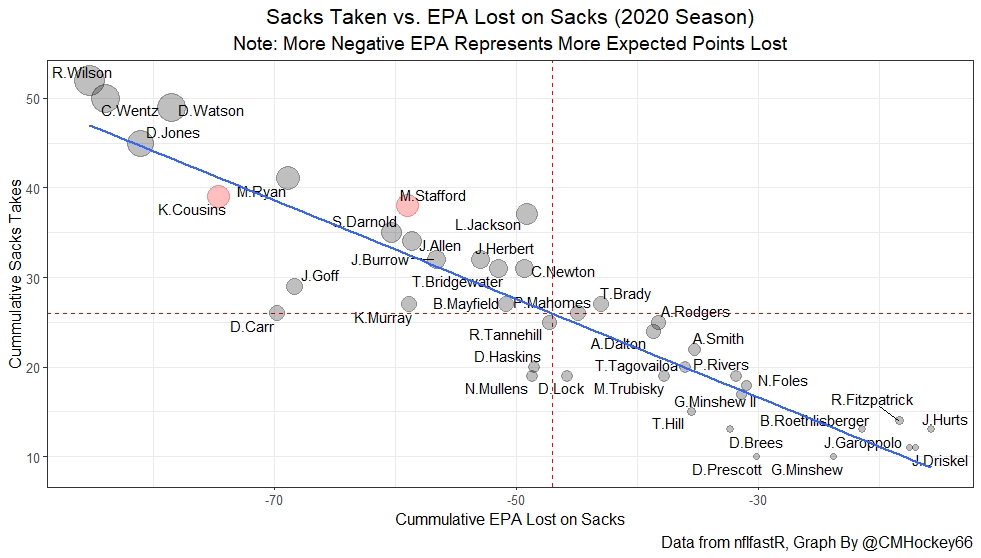
The graph above shows that Cousins cost the Vikings 75 expected points on sacks. Stafford only cost the Lions about 58 expected points on sacks.
That's a 17-point difference on essentially the same number of sacks.
Since these differences exist, we know quarterbacks impact their sack quality — but is controlling sack quality a skill, or just subject to luck and randomness?
Finding a Skill Statistically
Now that we have shown there is some variation in how costly certain QBs sacks are, we can answer the question. Holding the number of sacks taken constant is taking more/less costly sacks is actually a repeatable skill, or just luck within a season?
Deciding if a statistic is skill rather than luck can be difficult. One thing we can do is examine the year-to-year repeatability. Year-over-year correlations are imperfect.
But if something is controlled by the QB, it should repeat itself in the future. Think about how Drew Brees was super accurate. We know that was a skill, so we expected his accuracy to repeat itself.
As a result, when we look at the year-over-year repeatability of accuracy, we see it tends to have a strong correlation with its future self. If it wasn't a skill, these values would change wildly year over year.
Is Sack Quality a Quarterback Skill?
Now that we know what to look for, let's find out if sack quality is also a quarterback skill.
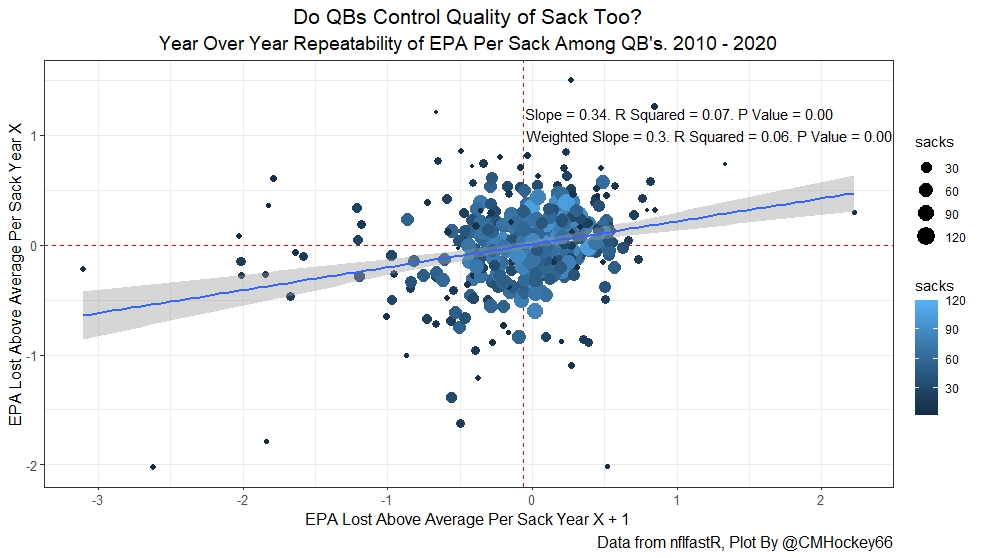 There is a lot of variance year over year, but there is clearly a relationship here. We can be incredibly confident that there is a relationship between EPA lost per sack year over year.
There is a lot of variance year over year, but there is clearly a relationship here. We can be incredibly confident that there is a relationship between EPA lost per sack year over year.
In football terms, here is what that means: Quarterbacks who take high-quality sacks (defined by the expected number of points they cost the offense) in one season have tended to take high-quality sacks in the next season, and vice versa.
This is true both in general and when we weigh by the total number of sacks taken to allow for QBs that played and got sacked more's data points to be more meaningful.
Accounting for Offensive Line Quality
Again, year-to-year correlations are imperfect. Why? Well, other things may stay relatively constant year over year and drive any correlation. So sure, sack quality above the average repeats itself in a statistically significant way, but this might not tell us that quarterbacks control sack quality.
The reason why is the analysis above does not even try to control offensive line play. After all, QBs tend to stick with the same team each year. Plus, teams tend to have many of the same offensive linemen each season.
Plus, there are factors like how quickly the receivers get open, playcalling and general offensive coordinator philosophy. Isolating QBs from their context with public data is difficult, but there is one trick we can use.
The next analysis will study the same relationship. The only difference will be that this time we will focus on QBs who switched teams. If EPA lost above average on sacks is still repeatable among QBs who have switched teams, we can be reasonably confident the QB has a large amount of control over the quality of sacks they take too, not just the quantity.
That is because there is no reason to expect the new team's overall talent at important positions to be correlated with his past team. If a QB stays on the same team, this is not the case because they are likely to have many returning players, so let's change focus here.
First, we will see a side by side of quarterbacks who changed teams and those who stayed.
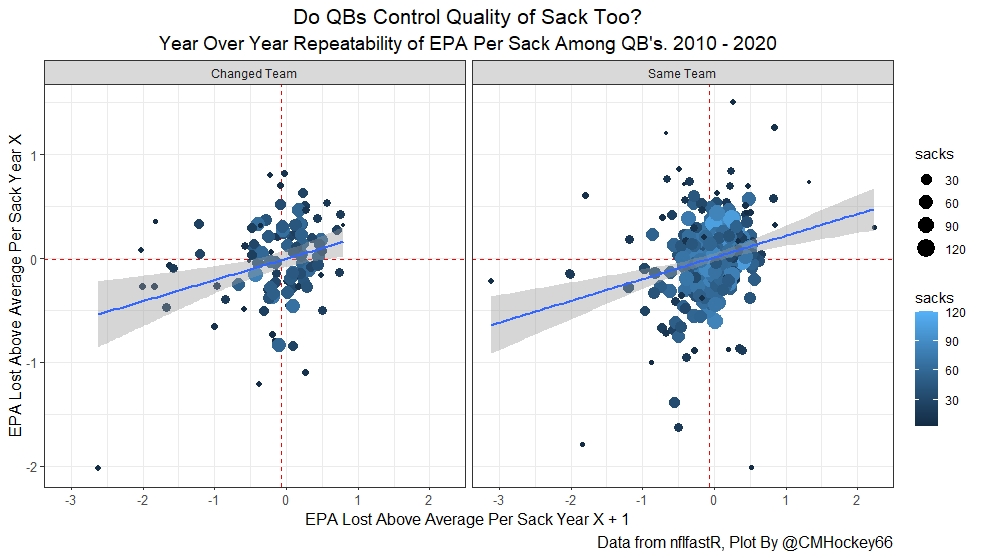
Next, we will see a more focused version of just QBs who have changed teams.
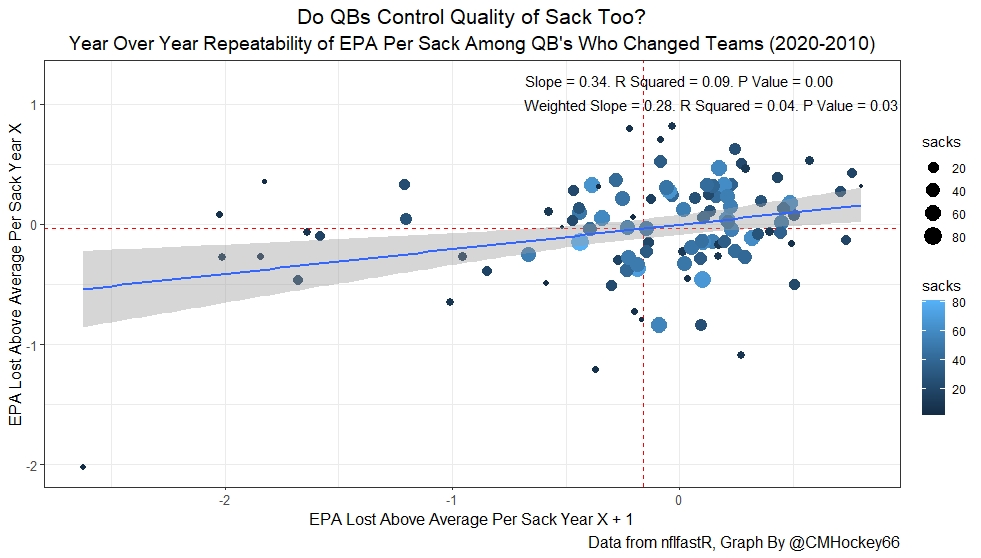
While the relationship isn't as obvious, there is still a statistically significant relationship between EPA lost per sack from one year to the next among quarterbacks who changed teams. It is not quite as strong, but it's still there.
What this means is not only are QBs who take high-quality sacks in one season likely to take high-quality sacks in the next season. It means we can also be reasonably confident quarterbacks are mostly in control of this. Why?
Because if offensive line play, receiver quality or something else out of the QB's control were the primary culprits here, the relationship should disappear among QBs who changed teams.
Which QBs Take the Worst Sacks?
The final piece of this puzzle is to look at this stat in the context of today's QBs. Here is sack rate vs. sack efficiency since 2019.
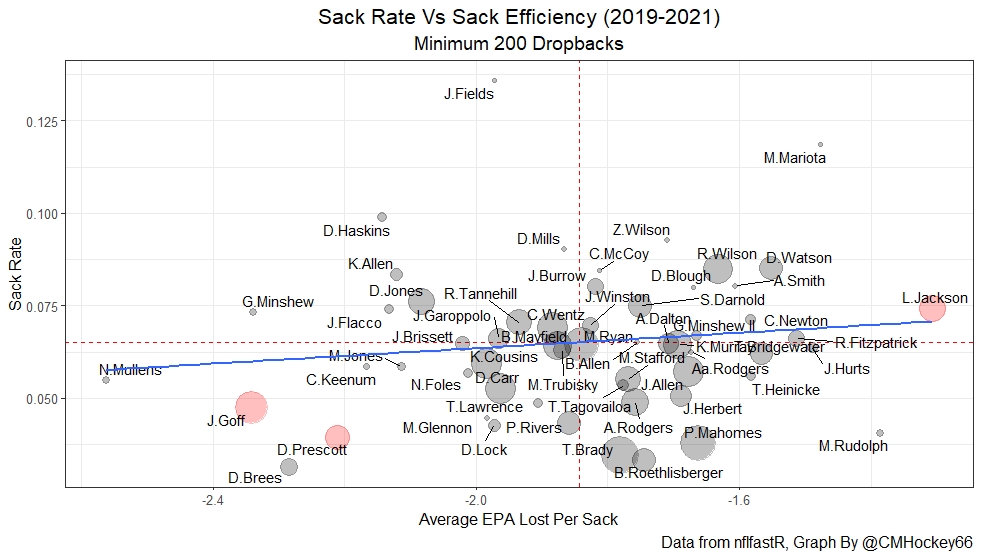
There is one QB who is a clear cut above the rest at avoiding costly sacks, Lamar Jackson. His athleticism likely makes it hard for him to take horrible sacks because he can easily evade defenders in space. Two starters who seem to be the worst for taking costly sacks — Jared Goff and Dak Prescott.
Justin Fields is having a concerning start to his career in this regard. His sack rate is the highest in the sample by a decent margin. He has taken high-quality sacks too. So not only is he taking more sacks than anyone else, he is taking them in high-leverage situations.
It should be concerning for Bears fans this trend is more likely than not to repeat itself, and it was a big knock on him coming out of Ohio State, despite having an elite offensive line.
Anecdotally, it looks like there is at least a small pattern here. The absolute best QBs at avoiding sack quality have been:
- Lamar Jackson
- Russell Wilson
- Cam Newton
- Jalen Hurts
These guys are all relatively mobile.
The worst QBs at mitigating sack quality have included:
- Jared Goff
- Drew Brees (retired)
- Joe Flacco
- Mac Jones
- Dak Prescott
Many of these quarterbacks are the least mobile in the NFL. To me, it looks like mobile QBs tend to take the most sacks, but also tend to avoid high-quality sacks the best.
Key Takeaways
To wrap up, let's run through the key takeaways from the analysis above.
1. Quarterbacks control their own sack rate, and they are likely responsible for the quality of sacks they take too. We know this because QBs who change teams tend to have their sack quality follow them. If the offensive line or poor coaching was responsible for sack quality, it wouldn't follow the QBs to new teams.
2. If you read a comparison showing one QB has been sacked 30 times and another has been sacked 15, do not assume the QB who has been sacked 30 times has cost his team twice as many points because of the sacks.
3. Anecdotally, mobile QBs have tended to take less costly sacks.
4. Finally, we can see some of the biggest sack quality outliers in today's NFL. Lamar Jackson takes plenty of sacks, but he avoids losing expected points on a per sack basis better than any starter in the NFL today. On the other hand, Jared Goff and Dak Prescott have been the worst at taking costly sacks among today's starters.


